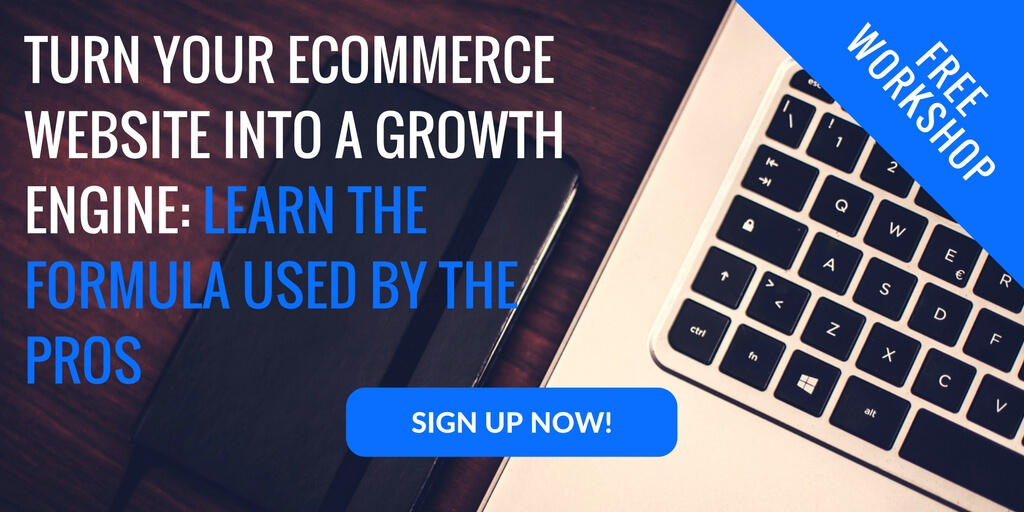How to Leverage User Generated Content in Ecommerce Like Casper & Bevel (And How it All Adds Up to Sales)
User-generated content in ecommerce is exactly what it sounds like – media created by peers that persuades your targets to take action to buy.
A recent Business Insider study shows that shoppers who interact with UGC are 97% more likely to buy than those who don’t.
So what does UGC look like and how do you use it to convert leads?
It could be sharing or talking about products and brands through status updates, product reviews, posting photos/videos on Instagram accounts, or product blogging.
Your potential customers (especially millennials) trust recommendations and reviews that come from their peers much more than any other content.
Millennial consumers:
- Trust UGC just as much (if not more) than professional reviews
- Are 20% more influenced by UGC when it comes to purchasing and find it 35% more memorable than other types of media
- Spend an average of 5 hours per day with UGC (selfies aren’t just a trend, it’s business) (source)
This peer-to-peer influence applies to a wide range of products, from high-ticket purchases (cars, travel, major appliances and electronics) to lower-priced items (clothes, phones, hotels), so it’s worth your time to think of ways to include it in your customer conversion strategy.
Not only does UGC influence a customer’s peers, it has a direct impact on search engines, too. This type of user to user content impacts your SEO by generating qualitative content that’s free and updated regularly, with no special effort on your part. (We’ve written before about fresh content leading to higher ranking in search results.)
UGC is also a continuous source of long-tail keyword inspiration, since it works hand in hand with trending topics.
Here’s an example:
Maybelline wants to market their new line of eyebrow pencils to high school and college girls. Using “back to school” as their long-tail inspiration, they post a photo of a popular Teen Vogue model using their product use hashtags like #mybacktoschool and #firstdayofschool.
You want trendsetters and trend-trackers buying from you, right? This gets you high ranking in Google search results and keeps you there.
You can also drill down into customer search queries and use these as inspiration for your PPC campaigns. In this way, it’s the perfect complement to your SEO campaign because it’s the simplest way to boost your search visibility.
According to Social Media Explorer, optimization takes place when audiences actually interact within a given environment, and create content through dialogue, interaction, and other reactive behaviors.
The added bonus of UGC is that you can re-use it in your marketing collateral. A customer tweet becomes a mini-testimonial. A customer review becomes a Customer Story. An Instagram selfie showcasing your brand translates to a boost in organic reach.
Also, consider this: 82% of shoppers check their phones in-store before making a purchase. Social validation is an important part of the buying process, so make sure your omni-channel marketing strategies include UGC.
Here are some actions that brick and mortar stores can take right now:
- Add QR codes to in-store products that link directly to customer review pages (Best Buy has done this since 2010)
- Create a digital retail experience by adding screens showing UGC to product displays (last year outdoor recreational equippers Cabela’s won Digiday’s” Best In-Store Digital Retail Experience” this way)
- Display hashtags on signage, monitors, and kiosks to promote sharing on social media in real time
Now I’m going to take a look at some successful examples employed by major ecommerce retailers to solicit and use UGC to create a self-perpetuating cycle of customer buying, and examine why these tactics work.
Backcountry Uses Customer Photos in Product Reviews to Build Trust
Outdoor gear and clothing retailer Backcountry adds customer photos to product reviews to create a sense of trust in the brand.
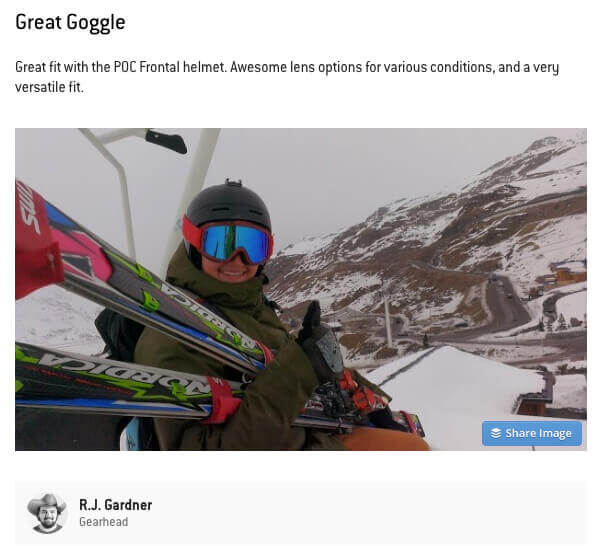
Their strategy of including user photos with popular items like these ski goggles adds social proof as well as a sense of a specific and identifiable lifestyle that consumers can either relate to or aspire to.
The five star rating system, inclusion of user photos, and short reviews written by customers lend additional authenticity to their system.
Learn more about implementing customer reviews on your ecommerce product pages in our recent article: How to Use Ecommerce Product Reviews to Boost Search Engine Rank
Noble Brewer Uses Social Imagery on Homepage to Squash Purchase Doubt
Craft beer makers Noble Brewer approach a unique challenge by relying on customer testimonials. Since successfully creating a following for craft beer can be very hit-or-miss because of its niche industry status, they show proof of their loyal following right on their homepage.
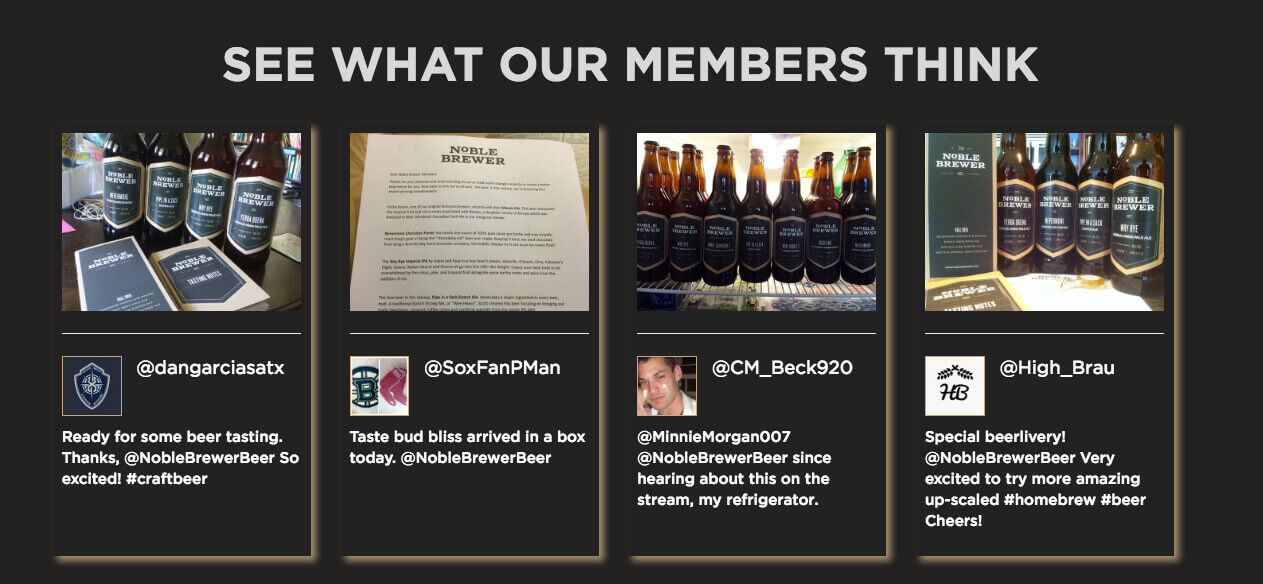
In their “See What Our Members Think” section, they post tweets and photos directly from their customers. This allows their members to vouch for them without any obvious solicitation on their part. The 100% satisfaction guarantee they advertise right below this social validation reinforces the customer testimonials, and helps squash any doubt a customer may have about purchasing.
Bevel Uses Video Testimonials to Prove Their Product Works
Many brands would kill for the celebrity testimonial Bevel secured: they’ve got one from none other than hip-hop legend Nas! And he’s not just a customer, he’s also an investor.
You can’t get better social proof than that, especially for this target demographic, which leans toward young, urban, upwardly-mobile (yet still hip and cool) men.
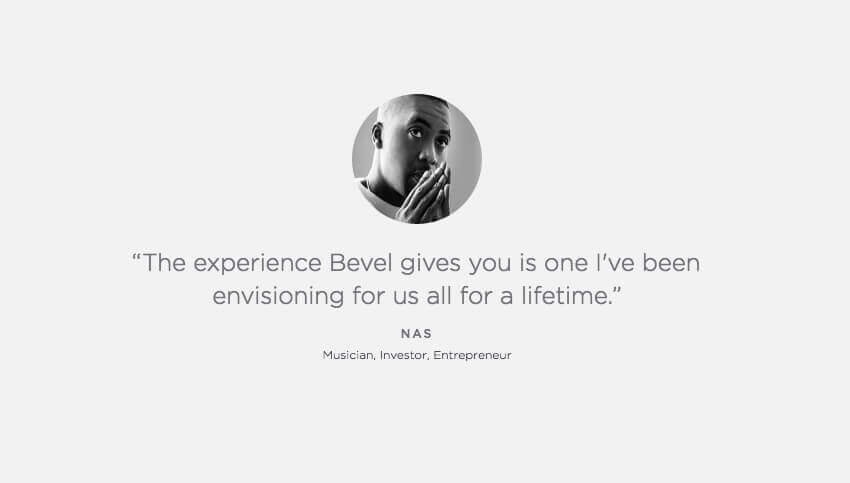
In addition to the celebrity endorsement, they also post both photos and testimonials from customers as well as tweets on their website.
This mix of what looks like both solicited and spontaneous user endorsements lends a lot of credibility to Bevel CEO Tristan Walker’s (who also has a celebrity status of his own) own claim at the top of their Review page that their product is life-changing:
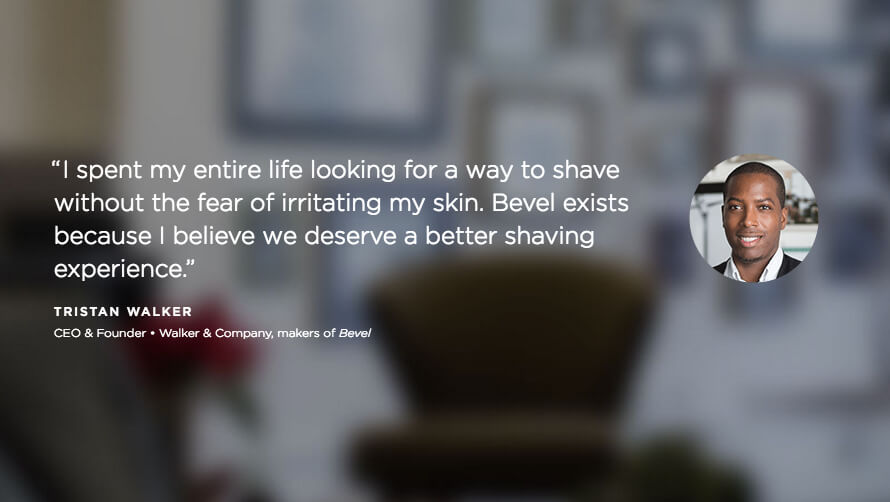
But Bevel doesn’t stop there. The video testimonials toward the bottom of the page enable potential customers to hear directly from satisfied and current customers, all of whom talk about how using the product resolved an ongoing issue for them (such as ingrown hairs or irritation) that other razors weren’t able to fix.
The close-up views of these mens’ smooth, unblemished faces let buyers see proof with their own eyes that the product does what it claims to do. Each video also has a product claim below it, such as “CLEARER, SMOOTHER SKIN WITHIN 4 WEEKS” reiterating Bevel’s unique value proposition.
If the viewer finds these endorsements convincing enough, there’s a strategically placed “Order Now” button right below the video for easy customer conversion. Nice!
Casper Uses Product Reviews to Mitigate Risk
Anyone in the market to buy a new mattress typically wants to spend a substantial amount of time researching which mattress will best meet their sleep needs, as well as testing the product in-store.
A quality mattress will usually cost at least a couple grand and needs to last for at least ten years, so consumers want to do their due diligence before making a purchase to mitigate risk. And, much like buying a new car, you have to visit several retailers to see who can offer the best price.
Casper, a digitally native vertical brand (DNVB) disrupting the mattress industry, does a great job of helping their customers alleviate these feelings of risk.
First, they are very transparent about their design and manufacturing process, and cleverly describe their method of creating the best mattress as “people-proofing” (and we know that millennials also respond very well to transparency in brands).
In other words, they talk to real people (both employees and customers) first, and then have volunteers test out the mattresses long before they hit the market.
Secondly, they mention that once they have designed the “perfect mattress,” they make a vow to “always be open with our customers, and we encourage you to provide honest feedback in return.” This quote links directly to their reviews page.
Customer reviews include the date it was written, a 5-star rating system, real names, and even the age of the sleeper and how many hours of sleep they typically get per night.
They don’t edit the reviews, but the occasional typo or misspelling serves to lend assurance that these are real (and not marketing department created) reviews from real customers.
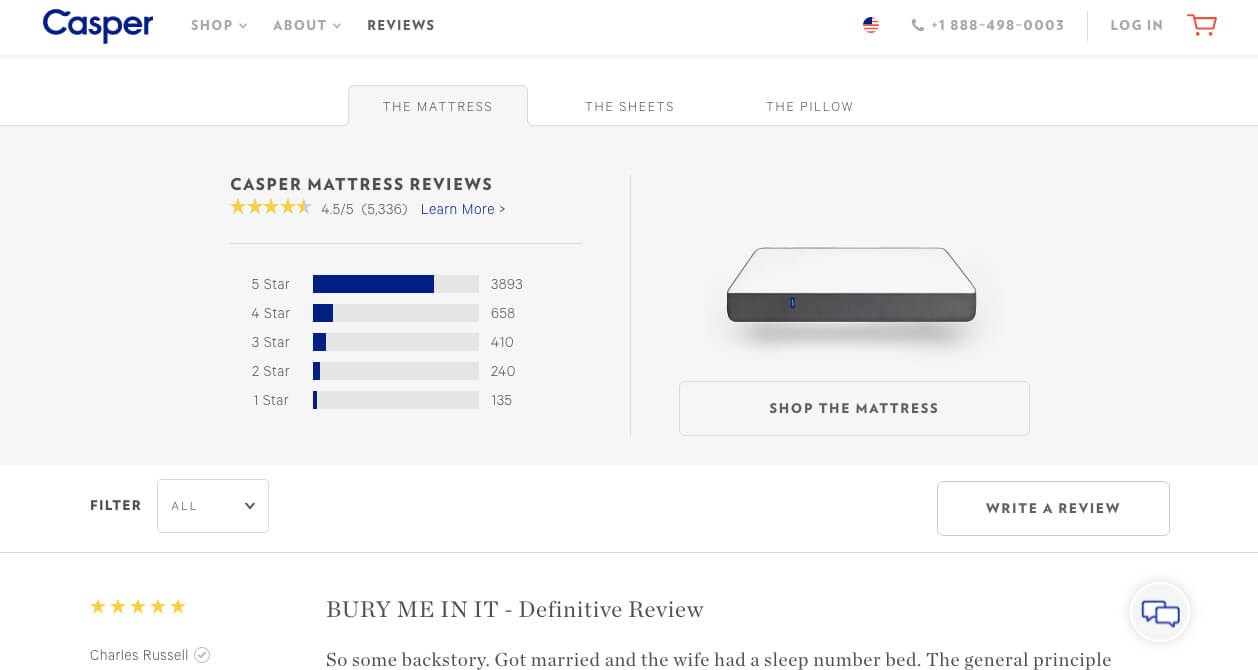
If satisfied, customers buy right from the reviews page via a “Shop our mattresses” button at the top. Placing their call to action near the reviews strategically builds off of the transparency and trust the reviews provide.
You’re Ready to Start Implementing Some of These Genius UGC Moves….Now What?
Let’s suppose you already have a great social media following, and people tweet or post stuff about your products without you asking them to. Or, maybe they love using (or wearing) your products so much that the regularly post photos of themselves doing this on Facebook or Instagram.
Great!
How do you then get them to take that extra step to convert to buying more, or to encourage them to share with their friends (aka turn UGC into customer acquisition)?
Apart from strategically-placed “Buy Now” buttons, prominent customer reviews and tweets on your website, or UGC product photos, your product page has to be set up to convert.
UGC will not convert for you if your website doesn’t take first-time visitors and returning customers from landing page to purchase.
We’re going to show you just how to do that.
Our FREE Conversion Workshop: “How to Grow Ecommerce Sales, Conversions and Profits WITHOUT Spending More on Marketing” shows you:
- How to get more conversions from your traffic, without having to overhaul your website.
- A simple system for increasing your sales AND profit margins, without spending more money on ads or SEO.
- A breakdown of the exact conversion mistakes you are making and how to fix them.
- Our strategy for PREDICTABLY growing your business WITHOUT investing outside capital.
- BONUS: A map of our top-performing “pre-purchase” funnel and an ROI Calculator from Referral Candy!
Sign up now to start turning highly-engaged customers into repeat purchasers and brand evangelists, and keep that UGC rolling in.


